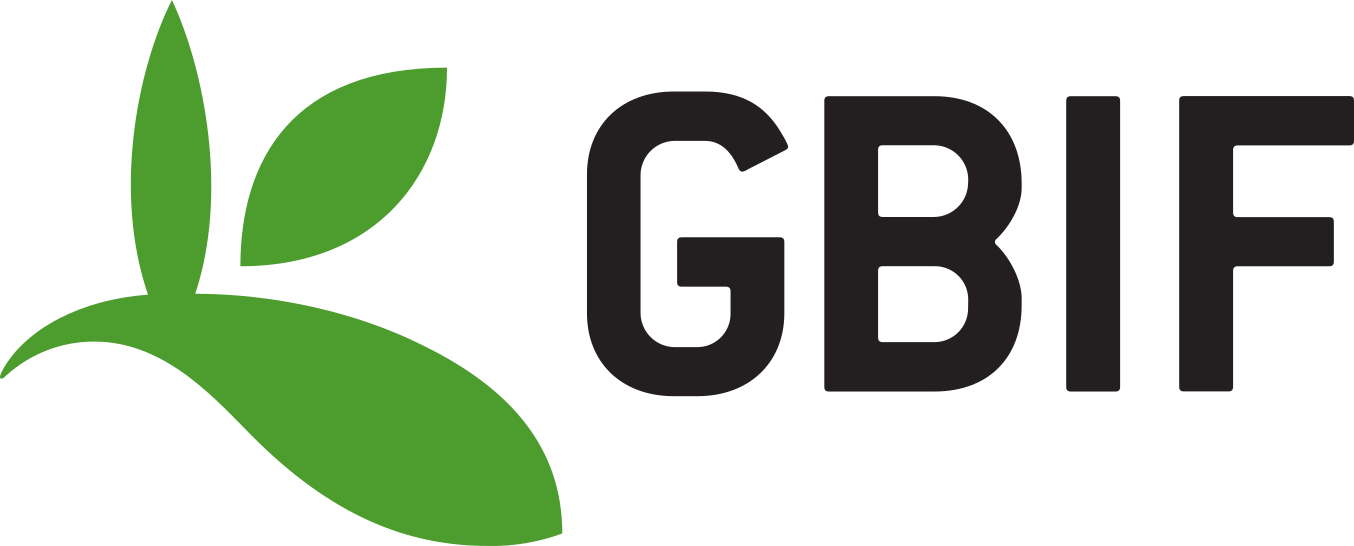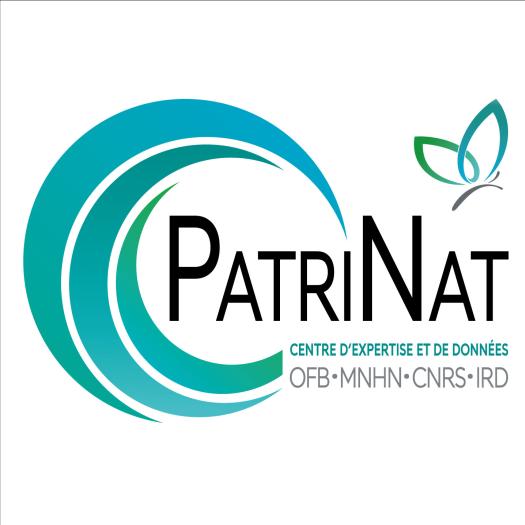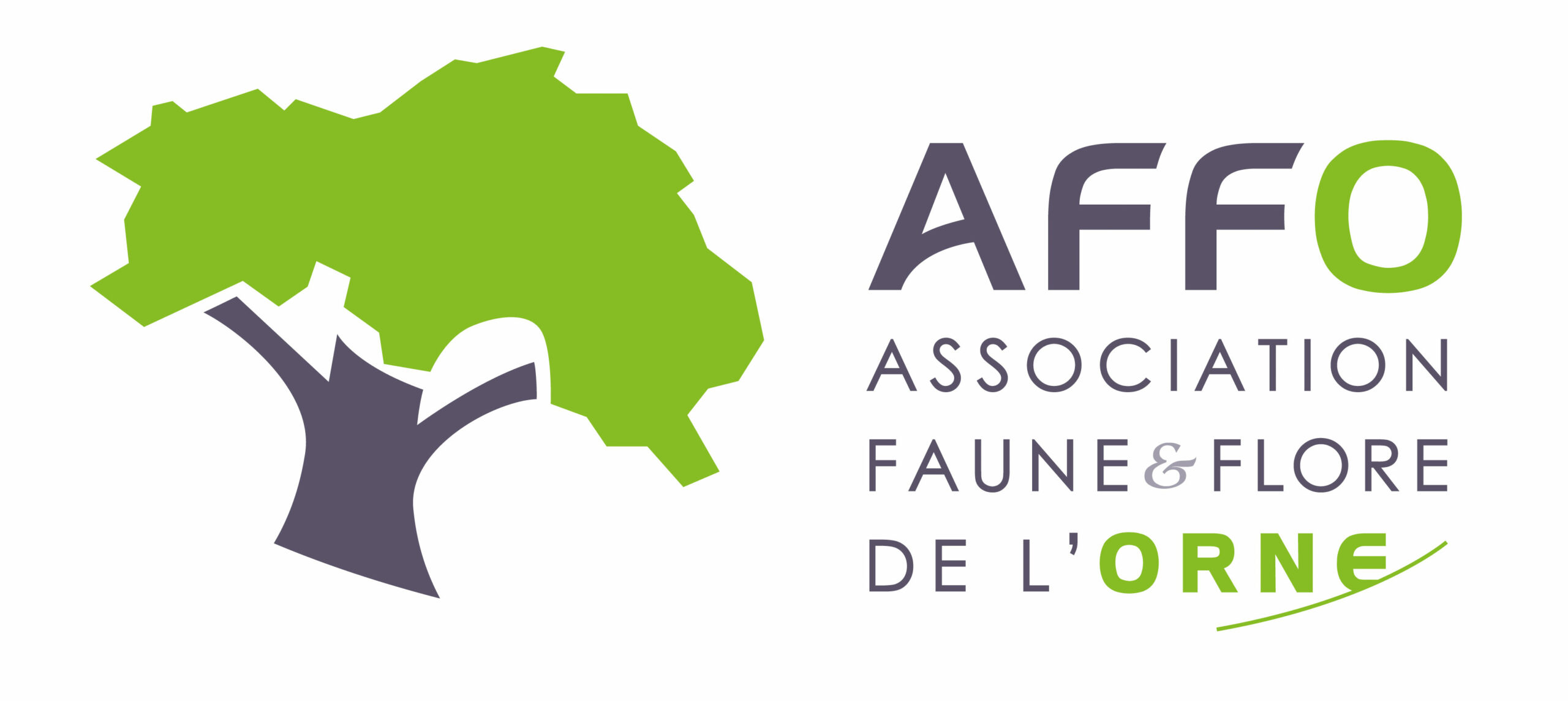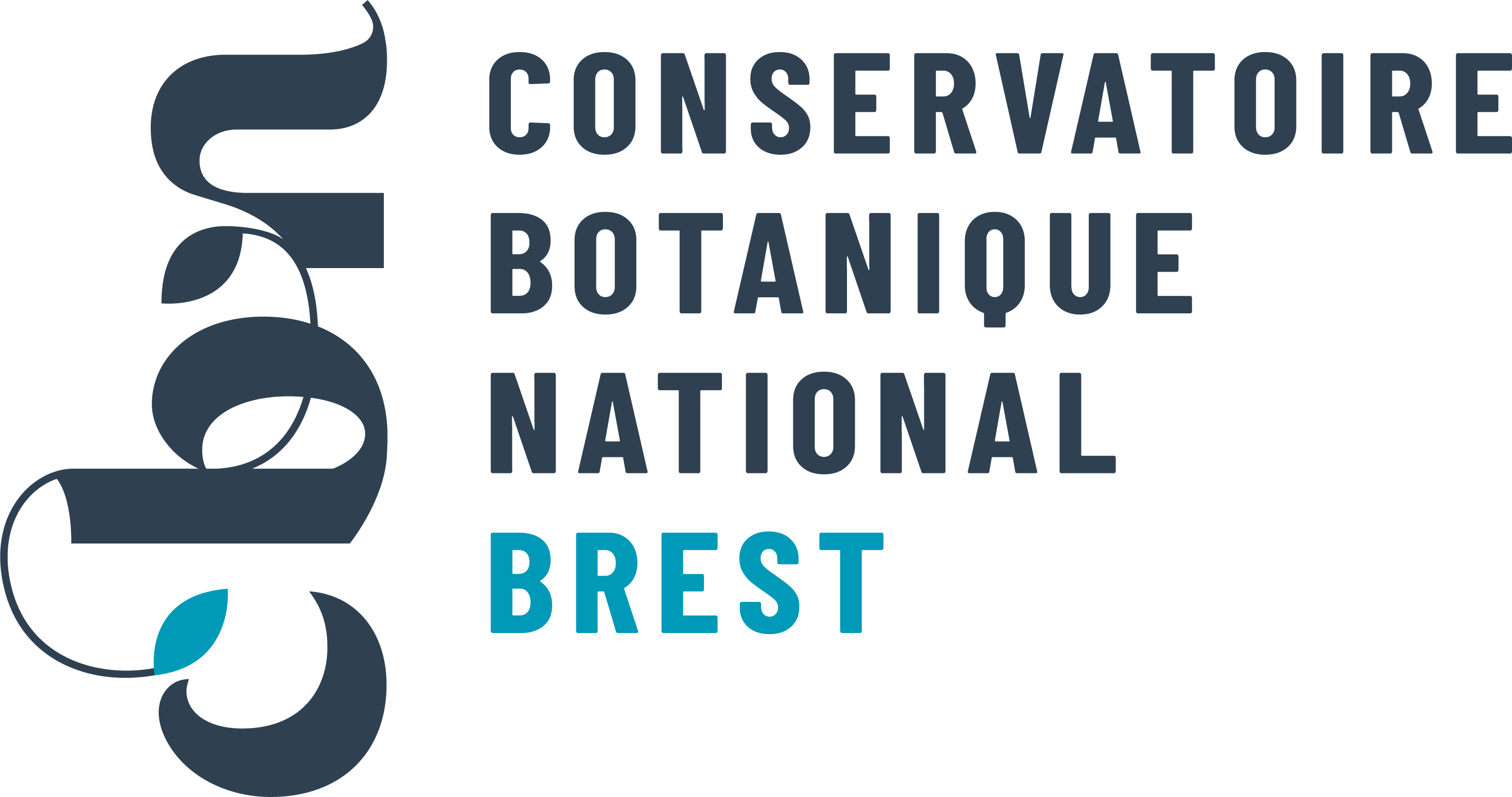Guimauve
Althaea L., 1753
Où cette espèce a-t-elle été observée ?
 Attention : cette espèce peut être présente où il n’y a pas de maille, mais à ce jour elle n’y a pas encore été observée.
Attention : cette espèce peut être présente où il n’y a pas de maille, mais à ce jour elle n’y a pas encore été observée.
- 22 observations
-
11
communes -
8
observateurs
6
organismes -
Première observation
1866 -
Dernière observation
2025
Arcisses - Happonvilliers - Irai - Nogent-le-Rotrou - Perche en Nocé - Pervenchères - Pouvrai - Saint-Germain-de-la-Coudre - Thiron-Gardais - Val-au-Perche - Vaupillon
-
UMS PatriNat (OFB-CNRS-MNHN)
Participation à 9 Observations
Part d'aide à la prospection : 40.91 %
Fiche organisme
-
Association Faune & Flore de l'Orne (AFFO)
Participation à 6 Observations
Part d'aide à la prospection : 27.27 %
Fiche organisme
-
Conservatoire Botanique National de Brest (CBNB)
Participation à 4 Observations
Part d'aide à la prospection : 18.18 %
Fiche organisme
-
PNR et géoparc mondial UNESCO Normandie-Maine
Participation à 4 Observations
Part d'aide à la prospection : 18.18 %
Fiche organisme
-
Conservatoire botanique national du Bassin parisien (CBNBP)
Participation à 2 Observations
Part d'aide à la prospection : 9.09 %
Fiche organisme
Informations espèce
Répartition actuelle en France métropolitaine
© INPN - Avertissement : les données visualisables reflètent l'état d'avancement des connaissances et/ou la disponibilité des données existantes au niveau national : elles ne peuvent en aucun cas être considérées comme exhaustives.
Répartition actuelle dans le monde
Avertissement : les données visualisables reflètent l'état d'avancement des connaissances et/ou la disponibilité des données existantes au niveau mondial : elles ne peuvent en aucun cas être considérées comme exhaustives.












